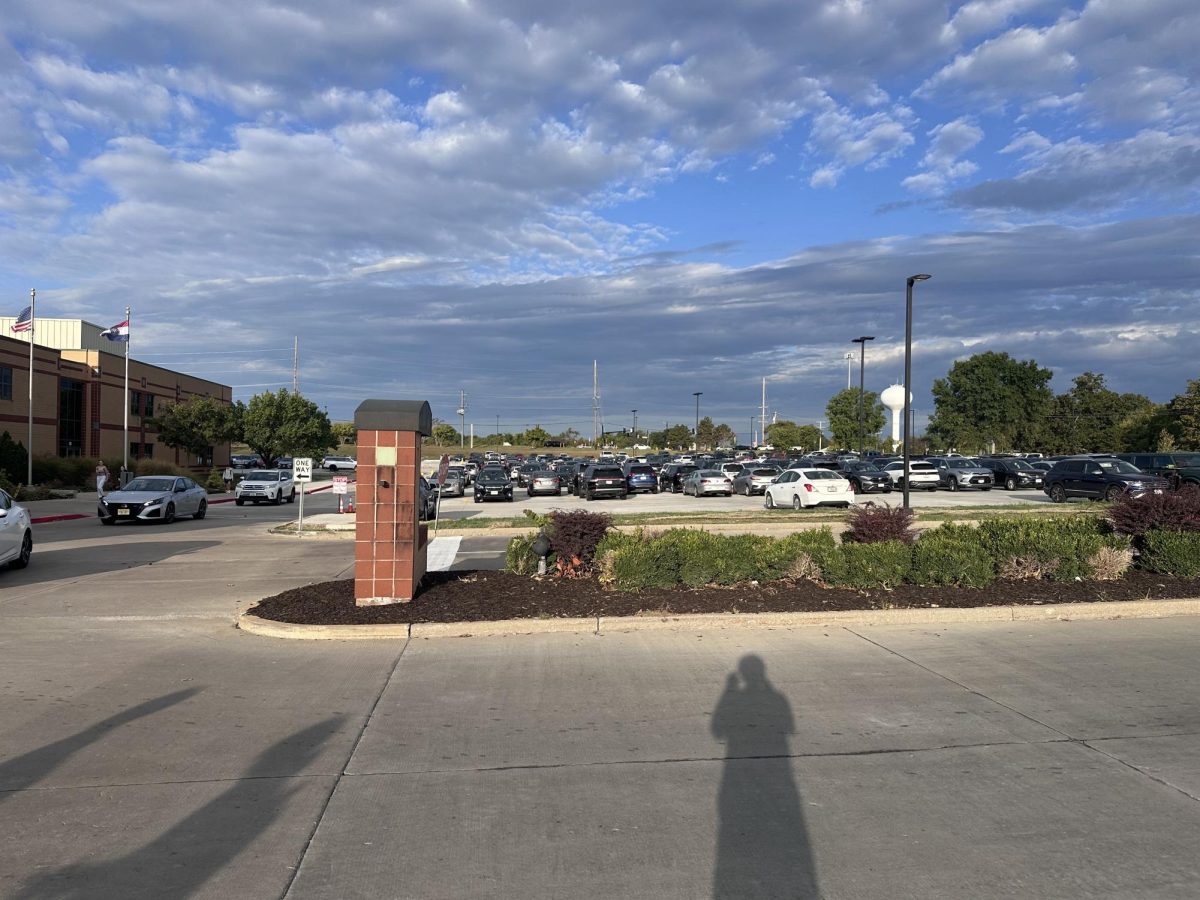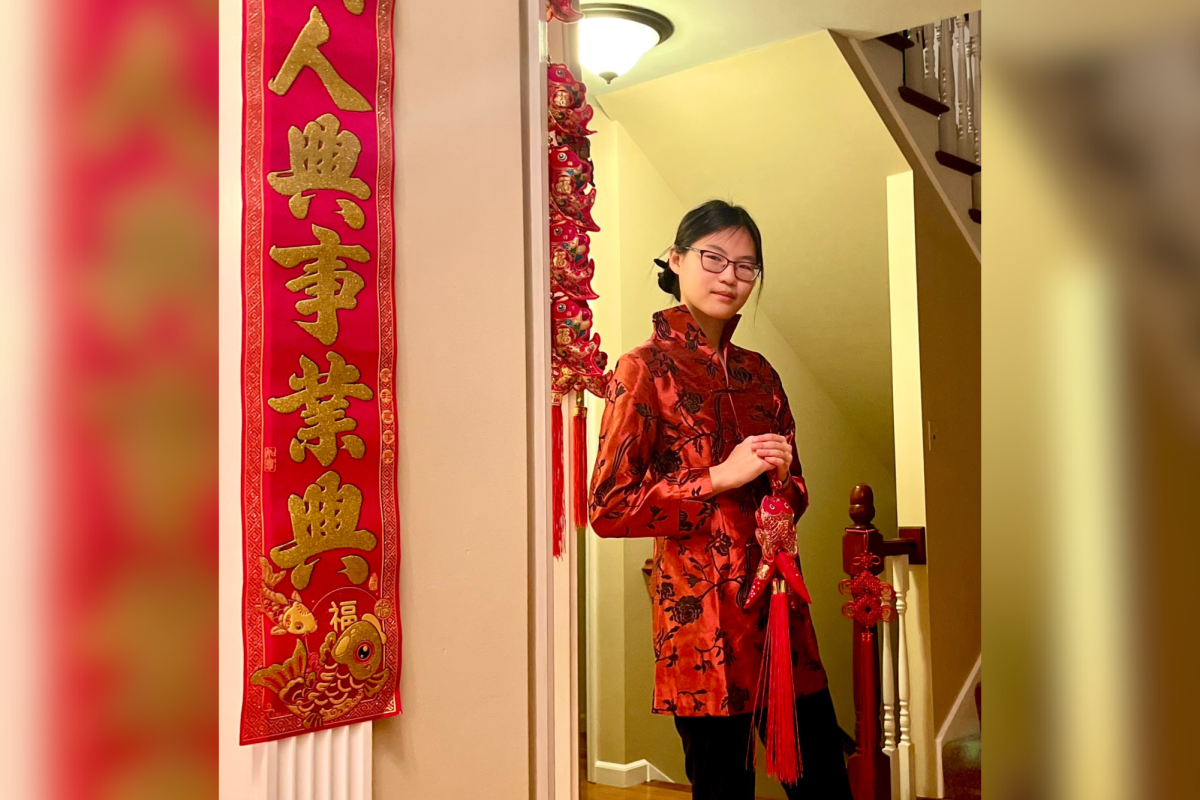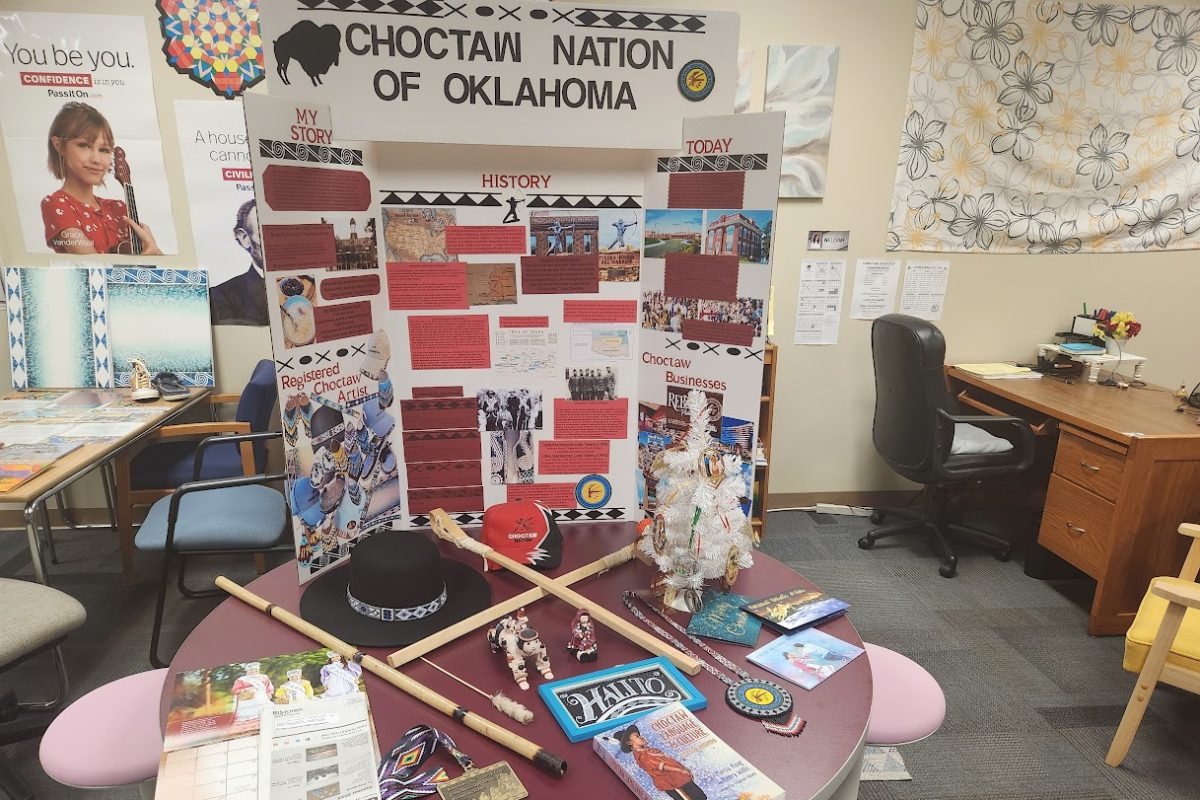On April 9, teacher Jean Peters and her two classes of AP Art History went on a field trip to a Hindu Temple, to learn more about Hinduim and its art.
Sophomore Sambith Rout as well as junior Siri Kommareddy, two Hindu students in the class, gave a tour of the temple, which from the outside was a tall, whitewashed building covered in statues, with a large brass column out front.
“Hinduism is a polytheistic religion, which means we basically have a lot of Gods. My dad says there are over 1 million,” Rout said.
“Some scholars believe that Hinduism is not in fact a polytheistic religion, but rather, that there are many aspects to the same Godhead,” Peters added.
Before entering, the students observed a couple in the parking lot who was having their new car blessed by a priest.
“It’s so they don’t get in any bad accidents and nothing bad happens with the car,” Rout said.
At the entrance, students removed their shoes and placed them in cubbies.
“This is where the Gods live, so you take off your shoes as a sign of respect,” Rout said.
Inside the temple the students were guided by Kommareddy and Rout to niches containing statues of different gods, each with its own set of myths and representations.
“Shiva, Brahman and Vishnu are the most popular Gods. Vishnu is considered the head god who helps out mankind when we are greedy and not caring for each other. Which sounds like right now, so he should be here any time now,” said Rout.
They also learned about the ferocious Druga, a female God who to Rout represents “Girl Power,” Krishna, who preaches universal love and brotherhood, and Ganesha, who Rout prayed to before taking the ACT.
“So now at least I have someone to blame for my ACT score,” Rout said.
The students also glanced into a room of the temple reserved only for those who try to spend their lives harming no living creature, wearing masks over their faces to avoid inhaling bugs, and following strict vegan diets.
However, it is completely up to the individual to what extent they practice, and what parts they practice, of Hinduism.
“Hinduism is really a customizable religion. You can really suit it to yourself,” Rout said.
The students left the temple with a firmer understanding of the religion and its art.
“This was one of the nicest tours of the temple I ever had,” Peters said.
The class also visited the Islamic Center, as well as the Mildred Kemper Lane Art Museum.





























